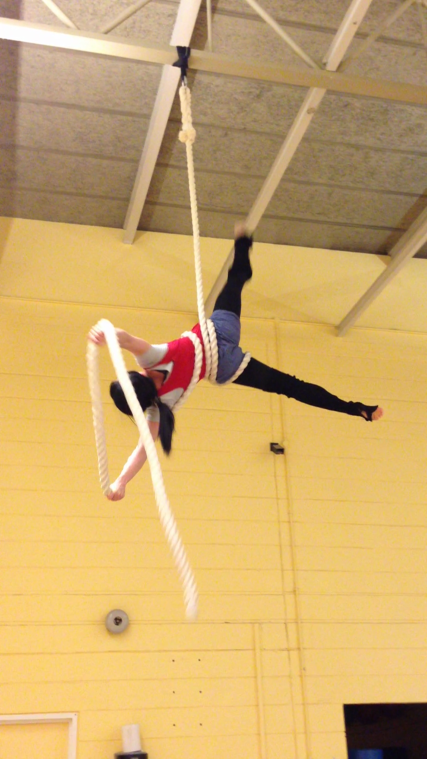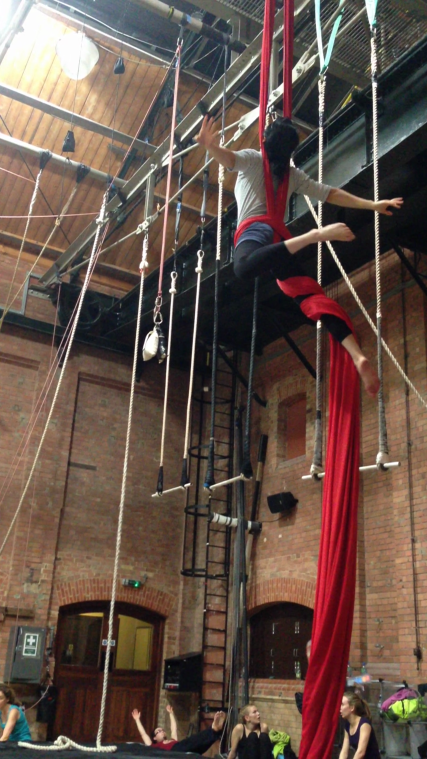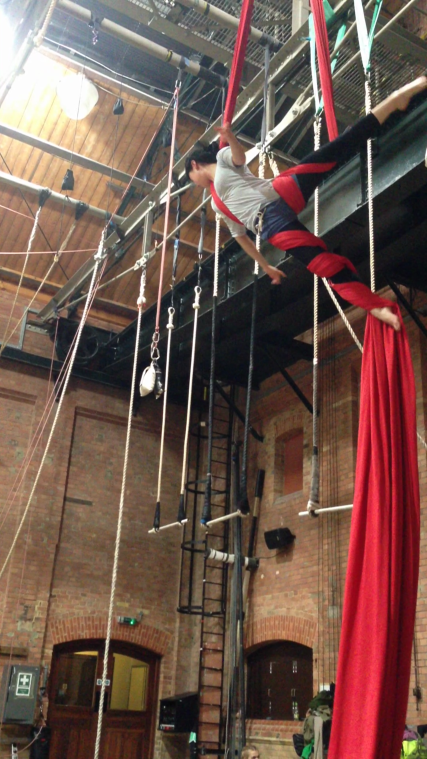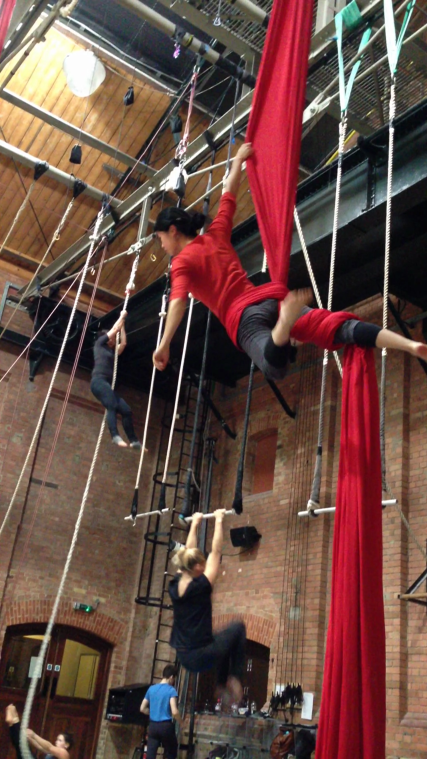I’m going through a very difficult period at the moment. For personal reasons I have to intermit and return to Taiwan. I will still work through my thesis corrections during intermission, but at the moment I’m juggling about five things at the same time and I haven’t worked on the thesis for about a month now. Dealing with the move, applying for intermission, packing, arranging shipping, worrying about my thesis, feeling anxious about life when I move back… … etc. etc., it’s as if I’ve fallen into the doom of failure and I would live there forever.
However, I just received a text message from a friend who’s passed his viva with minor corrections. We’ve been doing aerial together for a couple of months until one day we realized we’re actually doing a PhD in the same department. We meet regularly during training, so much of our conversation was about aerial rather than the usual “how’s writing going” or “have you been to a conference recently.” Of course, we still talked about the struggles of the PhD, but we connected more through our passion for aerial rather than the PhD.
Just a moment ago I realized I probably wasn’t going to live in doom forever. I noticed I was smiling as I texted him back. Rather than hoping that someone else would also get major corrections and experience the misery I am in to make myself feel better, I genuinely felt happy for him.
If I am still capable of feeling happy for someone, then I haven’t let the PhD beat me completely.




